Optimal Timing for Water Line Replacements
Water line replacements are essential for maintaining the integrity and functionality of a property's plumbing system. Timing these replacements correctly can prevent costly repairs, minimize water disruption, and extend the lifespan of the plumbing infrastructure.
Late spring and early fall are ideal times for water line replacements due to moderate temperatures, reducing the risk of pipe freezing or expansion issues.
Older pipes, especially those over 50 years, may require replacement regardless of season to prevent leaks and water contamination.
Replacing water lines during periods of low water demand minimizes inconvenience and disruption to daily routines.
Avoid replacement during extreme weather events such as heavy rain or freezing temperatures to ensure safety and quality work.
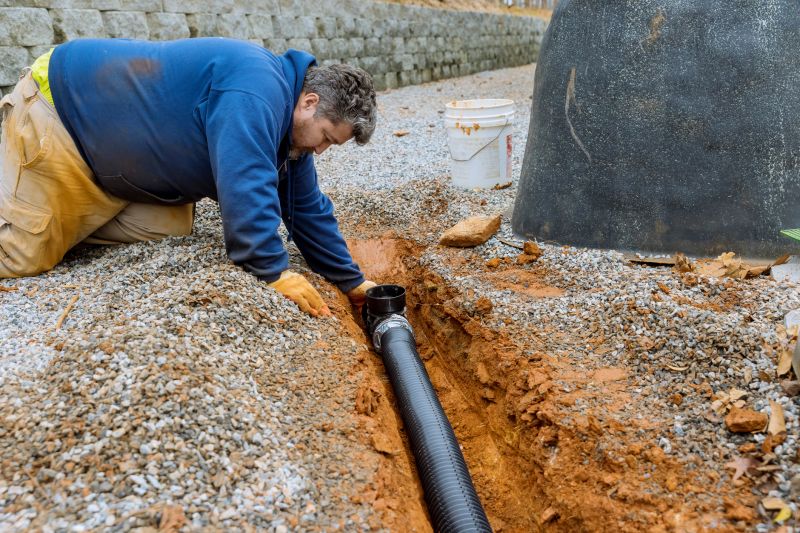
Professional excavation prepares the site for new water lines, ensuring proper placement and connection.
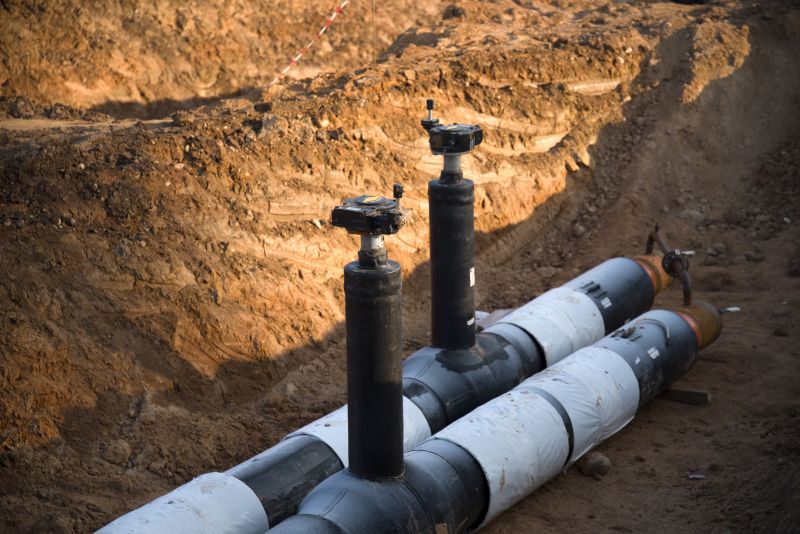
Modern pipe materials improve durability and reduce future replacement needs.
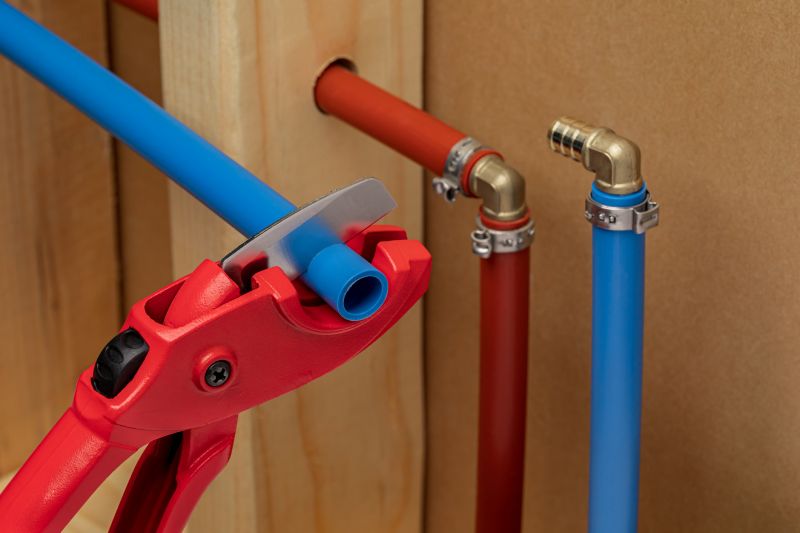
Specialized tools facilitate efficient and precise water line replacements.
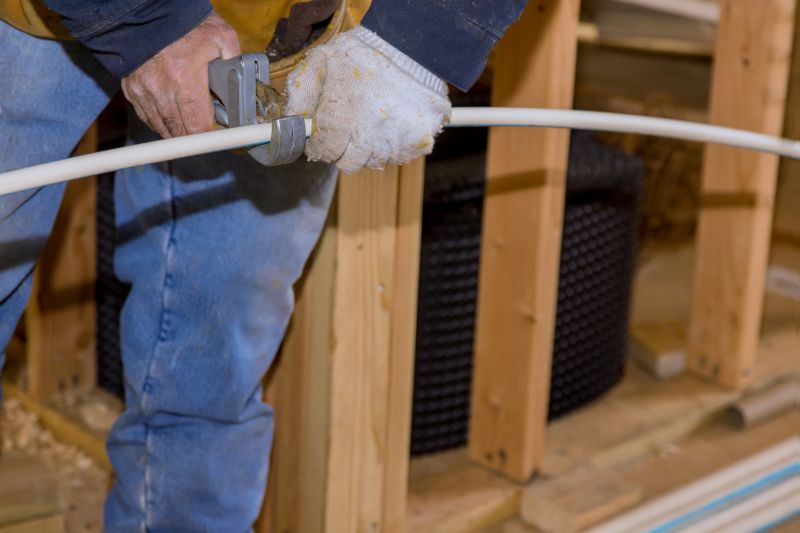
Ways to make Water Line Replacements work in tight or awkward layouts.
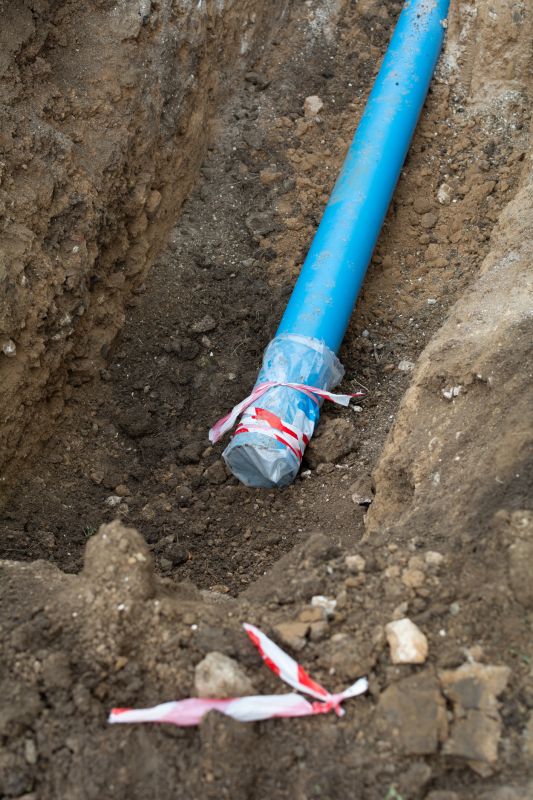
Popular materials for Water Line Replacements and why they hold up over time.

Simple add-ons that improve Water Line Replacements without blowing the budget.
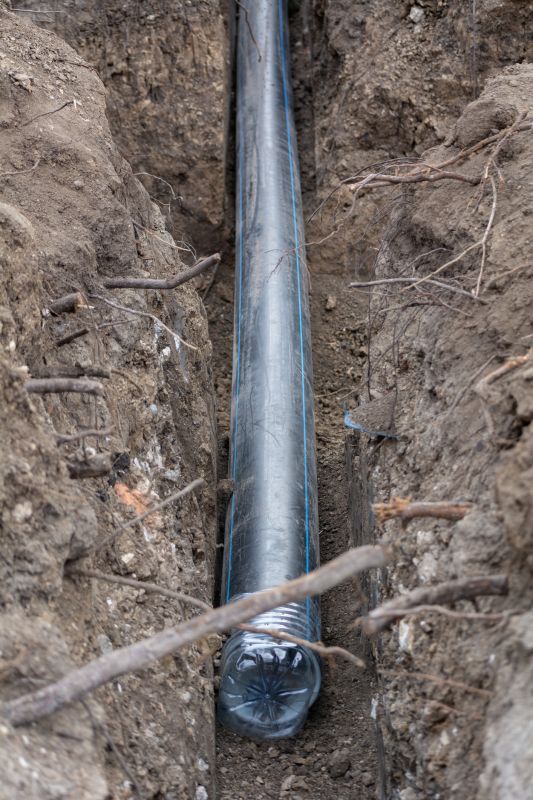
High-end options that actually feel worth it for Water Line Replacements.
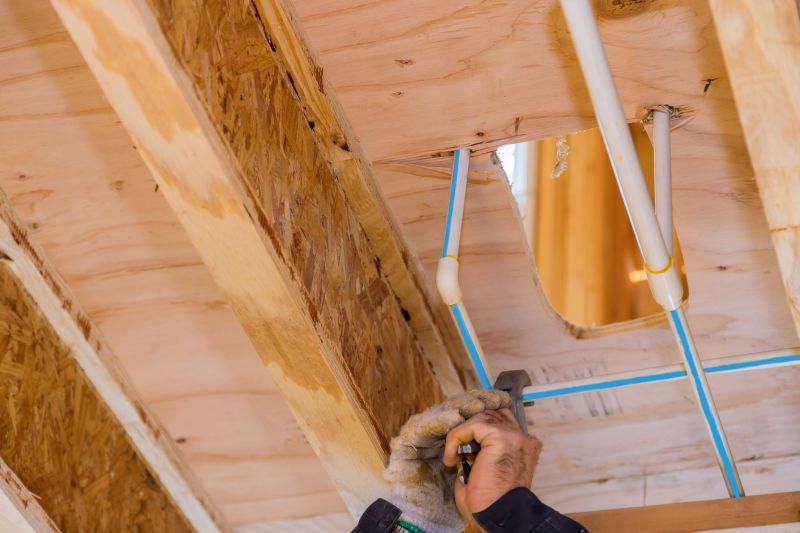
Finishes and colors that play nicely with Water Line Replacements.
Water line replacements involve removing aging or damaged pipes and installing new, durable materials to ensure consistent water flow and quality. The process often includes excavation, pipe removal, and careful connection to existing plumbing systems. Proper timing can reduce the risk of water service interruptions and prevent emergency repairs caused by pipe failure.

Pre-replacement inspections identify leaks, corrosion, or damage that necessitate pipe replacement.

Advanced techniques allow for pipe replacement with minimal surface disruption.

Ensures the new water lines are functioning correctly and there are no leaks.

Regular inspections extend the lifespan of water lines and prevent unexpected failures.
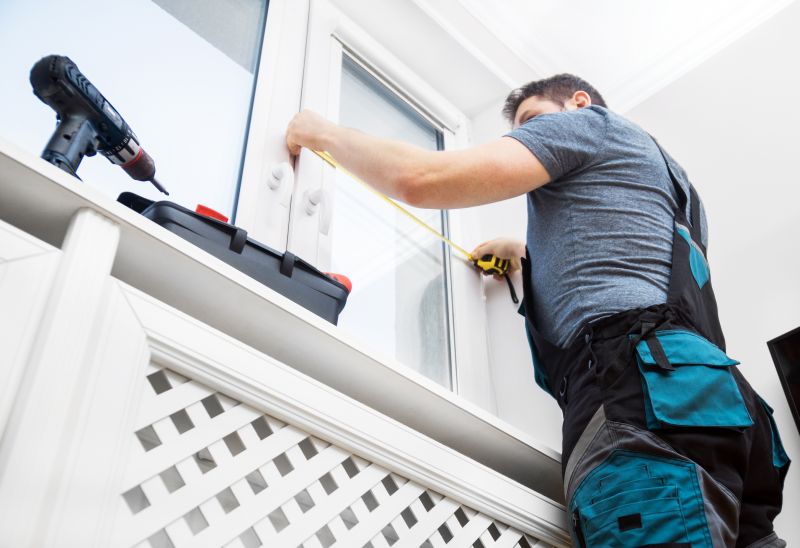
Little measurements that prevent headaches on Water Line Replacements day.

A 60-second routine that keeps Water Line Replacements looking new.
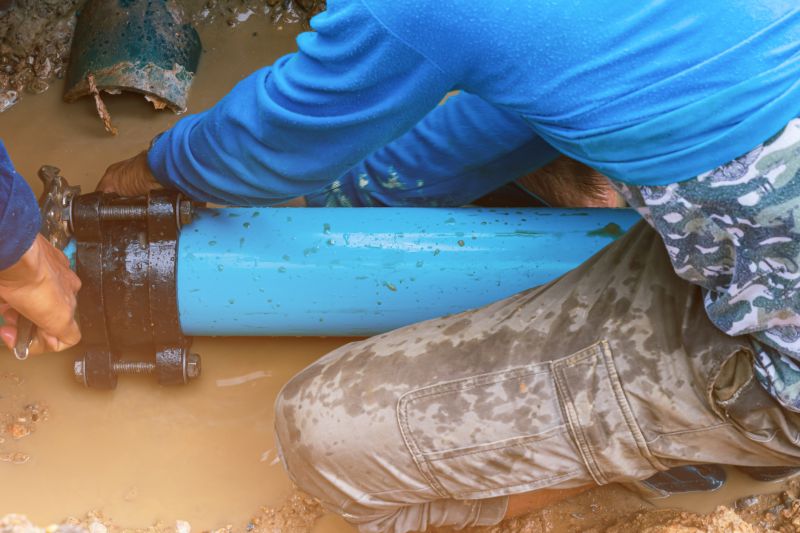
A frequent mistake in Water Line Replacements and how to dodge it.
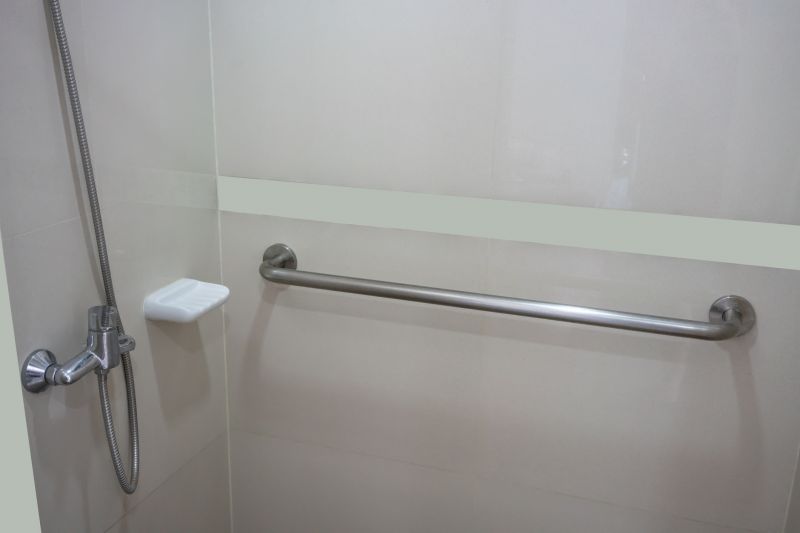
Small tweaks to make Water Line Replacements safer and easier to use.
| Factor | Optimal Timing |
|---|---|
| Temperature extremes | Avoid during freezing or very hot weather |
| Pipe age | Replace when pipes reach 50+ years or show signs of deterioration |
| Water demand | Schedule during low usage periods |
| Weather conditions | Prefer dry, moderate weather |
| Property occupancy | Choose times of minimal occupancy |
| Urgency of repair | Immediate replacement for leaks or failures |
| Seasonal climate | Spring or fall for moderate temperatures |
| Construction scheduling | Coordinate with contractor availability |
Choosing the right time for water line replacement depends on multiple factors including climate, pipe condition, and property use patterns. Proper planning ensures minimal disruption and maximizes the longevity of the new plumbing infrastructure. Consulting with plumbing professionals can help determine the most suitable timing based on specific circumstances.
Interested in scheduling a water line replacement? Filling out the contact form provides an opportunity to discuss options and plan the most appropriate timing for specific needs.
